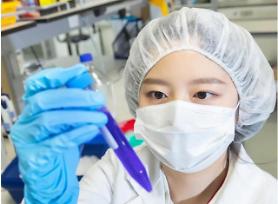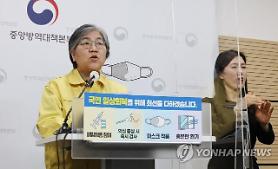
[Yonhap News Photo]
From April 18, South Korea will enforce a policy of living with COVID-19 by lifting restrictions on business hours and private gatherings, despite a warning from the World Health Organization (WHO) that COVID-19 is far from becoming an endemic disease and could still trigger huge epidemics.
"We intend to boldly lift social distancing rules, which have been considered an important symbol of quarantine measures," Prime Minister Kim Boo-kyum said, adding the pandemic showed signs of stabilizing, easing the burden on South Korea's medical system.
The mask mandate, however, will be kept for a while. "It is inevitable to wear masks indoors for a considerable period of time," Kim said, adding a decision on whether to wear masks outdoors will be decided in two weeks.
Daily life will return to normal, with no restrictions on food at multi-use facilities such as movie theaters, indoor sports facilities, and religious facilities from April 25, when South Korea starts downgrading the disease classification of COVID-19 in stages over a four-week transition period to minimize confusion.
"Citizens should comply with quarantine rules without forgetting that we are returning to normal while living with COVID-19," Kim said. "The government will strengthen its monitoring system in preparation for new mutations and the recurrence of a pandemic while promoting the recovery of daily life."
From the end of May, those infected with COVID-19 will be treated using a paid medical system at hospitals and clinics without being quarantined. A total of 32,802 hospital beds designated for COVID-19 treatment will be cut down to only 4,191 for intensive care. The inspection of inbound travelers at airports will be simplified in June, with only the first day of PCR tests.
A full-scale transition will be decided by the government of South Korea's next President Yoon Suk-yeol, who is to take office on May 9. The Korea Disease Control and Prevention Agency (KDCA) reported 125,846 daily COVID-19 cases on April 15, with 907,342 patients staying at their houses for isolated treatment. The number of critically ill patients stood at 999, while the death toll rose to 20,616.
Copyright ⓒ Aju Press All rights reserved.


